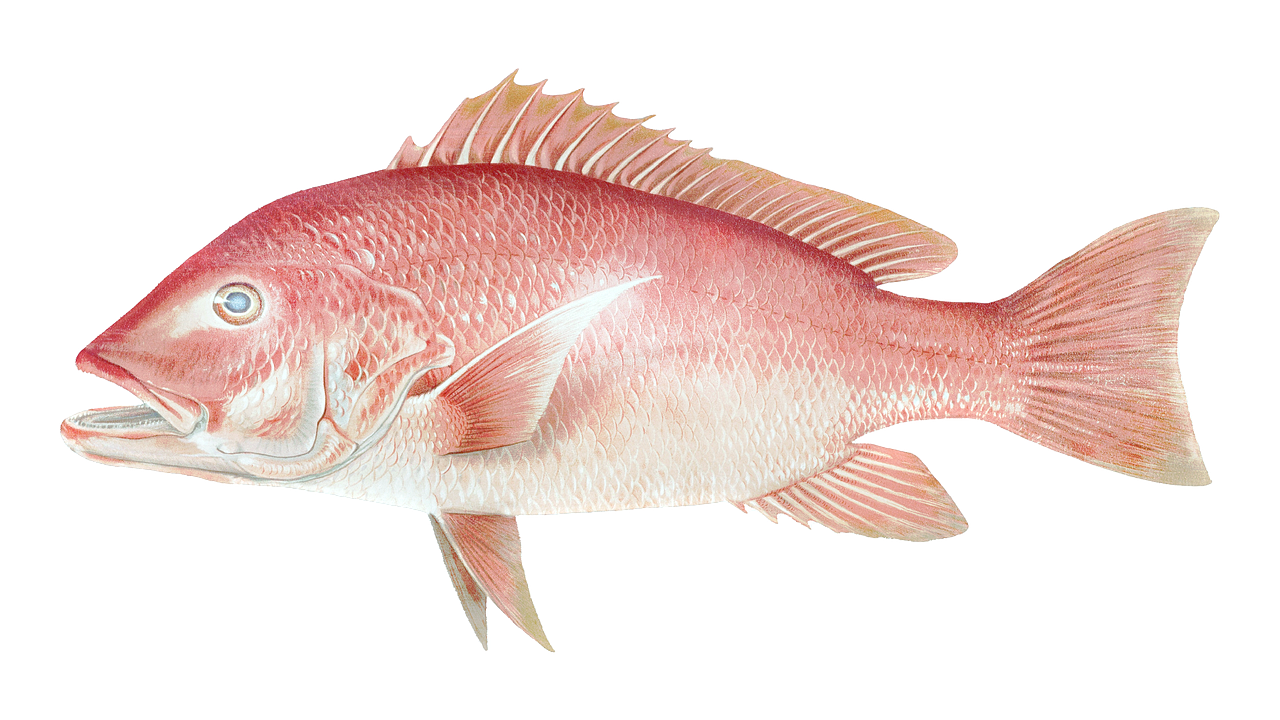Red Snapper has become all the rage for fishermen in Florida, thanks to executive generosity.
In May 2023, Governor Desantis announced the longest Gulf Red Snapper recreational season in the history of Florida’s management of the species. In August, the record season was further extended by 17 days to include every weekend in September (including Fridays), Labor Day, and Thanksgiving.
While the government has made no promises as to the duration of future seasons, the current Red Snapper bonanza warrants revisiting the rules as a reminder that a long season does not translate to a free-for-all.
Gulf of Mexico Regulations
Since the buzz surrounding Red Snapper pertains to the Gulf, it makes sense to begin here. Anglers are allowed 2 Red Snapper per day of at least sixteen (16) inches in total length (from the tip of the snout to the tip of the tail). Open season consists of the following dates:
June 16 – July 31
Sept. 1 – 4 (Friday through Monday of Labor Day Weekend)
Sept. 8 – 10, 15 – 17, 22 – 24
Sept. 29 – Oct. 1
Oct. 6 – 8, 13 – 15, 20 – 22, 27 – 29
Nov. 3 – 5, 10 – 12 (Veterans Day Weekend), 17 – 19
Nov. 24 – 26 (Thursday through Sunday of Thanksgiving Weekend)
Atlantic Regulations
While Red Snapper season is open year-round in the Atlantic (in State waters), this leniency comes at a cost. The minimum size limit is 20 inches total length. The daily bag limit in state waters is the same as in the gulf (2 per person). Those in federal Atlantic waters beware: The season is extremely limited, allowing harvest of Red Snapper only on July 14 and 15; and the daily bag limit is 1.
Penalties for Red Snapper Violations
Fishing violations may not seem like a big deal, but in the Sunshine State getting out of line can quickly take you from water to jail cell. Violations of size and bag limits for Red Snapper – or any fish, for that matter – are considered criminal. Each offense is considered a second-degree misdemeanor punishable by sixty (60) days in jail and a five-hundred dollar ($500) fine.
About Red Snapper
The Red Snapper is a pinkish-red fish with an impressively long lifespan (some can live more than 50 years!) and early maturity. It has a long, triangular snout, red eyes, and pointed anal fin. A reef fish, the Red Snapper lives offshore near structure or over sand bottoms. It eats other fish and crustaceans.
Contact Casanova Law for Your Defense Against Red Snapper Charges
If an officer with the Fish and Wildlife Conservation Commission (FWC) issues you a citation or Notice to Appear for a size or bag limit violation, that is the equivalent of an arrest. Technically, each undersized fish and each extra fish over the bag limit is a separate violation; thus, if you’ve had a successful day fishing, you may have multiple criminal counts against you. The charging document will enter the criminal court system, and you will be asked to plead “guilty” or “not guilty” to the offense or offenses.
Before saying anything to the judge, you should seek legal representation. A criminal defense attorney experienced in fish and wildlife cases will be able to review the evidence, understand the applicable law, and explain your options to you. In some situations, a fish and wildlife defense attorney can achieve dismissal of your case through negotiations with the prosecution or by discovering a legal or procedural error committed by law enforcement.
Our criminal defense law firm has litigated fish and wildlife cases for years and will use that experience to provide you diligent representation in your case. Contact us today to fight your FWC charge.
(561) 236-5340








